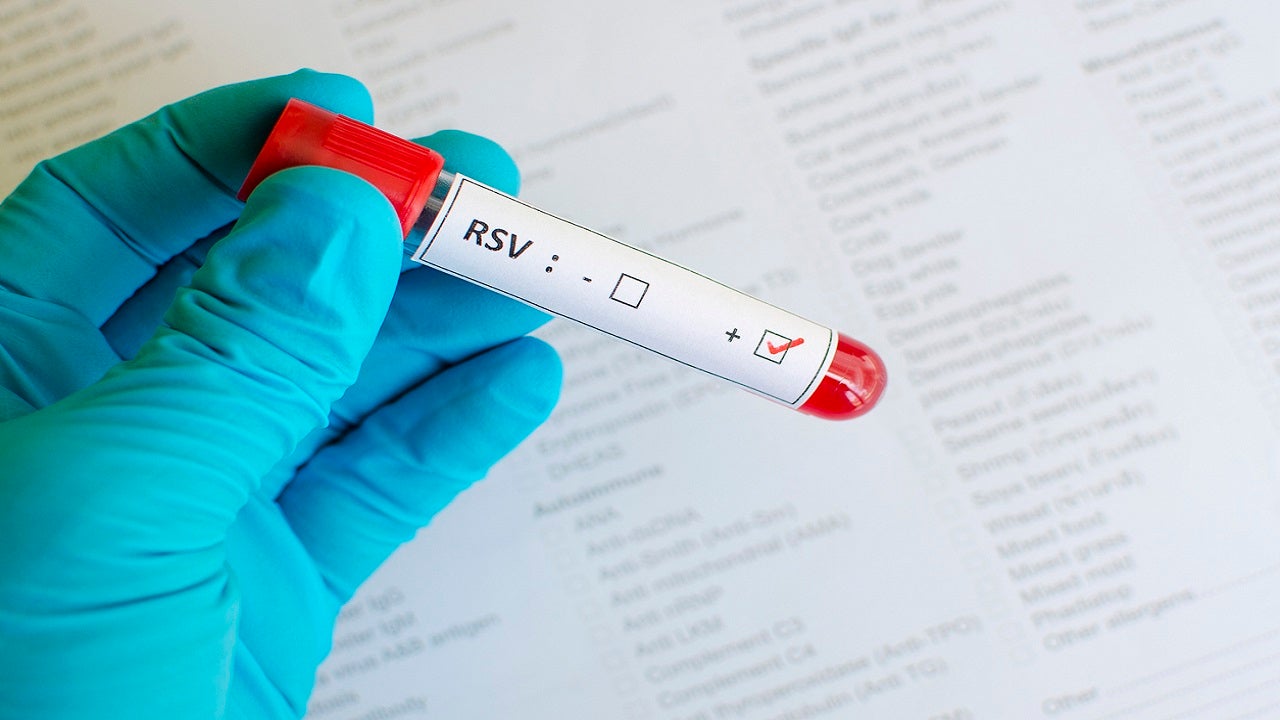In April 1788, a medical student named John Hicks was dissecting a body at new-york-city” target=”_blank”>New York Hospital,<
At one point, Alexander Hamilton intervened to try and calm the crowd. Eventually the militia was called in and opened fire, killing 20 in some accounts.
This so-called “Doctor’s Riot” was just one of at least 17 anatomy uprisings across the country, which were driven by a widespread problem at the time — the public’s distrust of medical schools and where exactly they got their bodies to dissect.
The public had good reason to be upset. As detailed in the new book, “The Icepick Surgeon: Murder, Fraud, Sabotage, Piracy and Other Dastardly Deeds Perpetrated in the Name of Science” (Little, Brown and Company), out Tuesday, scientists throughout history often operated on the wrong side of morality.
Author Sam Kean says these stories interested him more than those about common criminals.
“These people were taking a good thing — the pursuit of knowledge — and twisting it in this dark way,” he told The Post.
Grave-robbing, which fueled the anatomy riots, was a common, distasteful practice driven by necessity at the time. Doctors and med students, desperate for corpses to dissect, had few legal means to obtain human specimens, and so they turned to stealing bodies from graveyards. Corpses were pilfered from New York’s African American cemeteries and potter’s field, as well as Trinity Church.
“The number of bodies being stolen was enough that a lot of people were affected,” Kean says, noting that the bodies of poor people were disproportionately dug up.
In the UK, arguably the most famous case involved John Hunter, a surgeon who would serve as the inspiration for Robert Louis Stevenson’s “Dr. Jekyll and Mr. Hyde.”
OVERALL CANCER DEATH RATES DECLINING IN US, REPORT FINDS
Hunter reportedly dissected or observed the dissection of 2,000 corpses — one body every two days.
Some of these bodies he acquired himself; other times he paid criminals known as “resurrectionists” to get them. He even had a hidden entrance at the rear of his house just for delivery of ill-gotten bodies.
“Grave-robbers usually worked in teams,” the author writes. Some would rob mass graves, while others deployed a female spy to linger near hospitals and report on deaths. The criminals would then attend the burial and note the location of the plot, returning at night to exhume the body.
Families of the deceased tried to stifle criminals by deploying creative countermeasures, including booby-trapping coffins so they exploded when tampered with.
“Some families would arrange twigs, stones, or oyster shells into a pattern on the surface of the plot, so they could tell if the dirt had been disturbed,” the author writes.
The UK and the United States ultimately passed laws providing bodies for medical students. (new-york-city” target=”_blank”>New York<
The problem, however, has not gone away. One 2016 analysis discovered that new-york-city” target=”_blank”>New York City’s< to read more on the New York Post.









